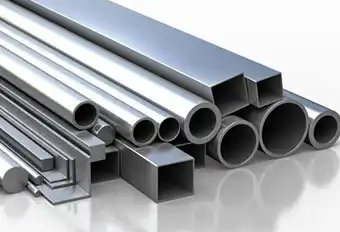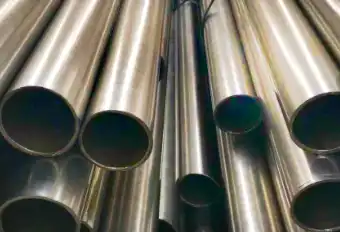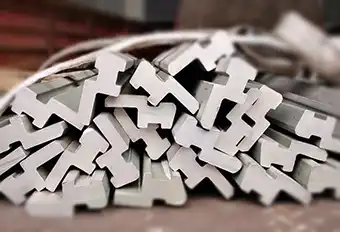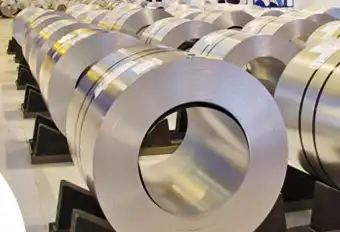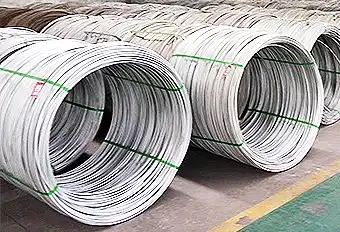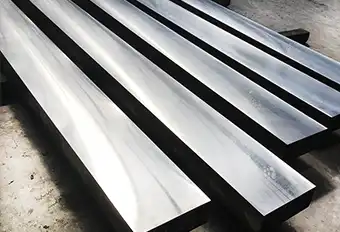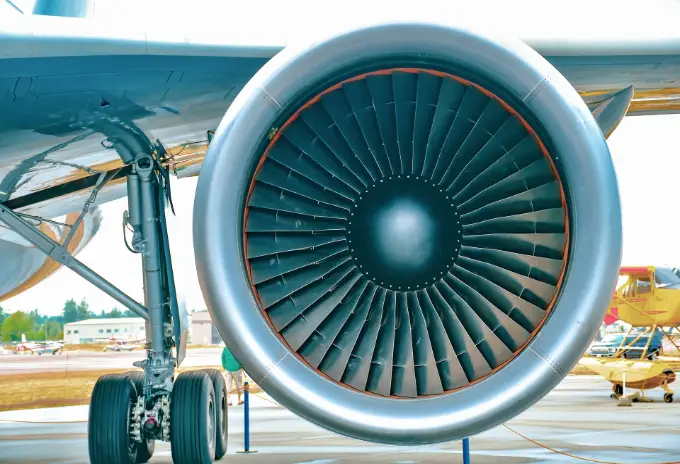Metal-forming processes, which help to exercise a high degree of control over the deformation behaviour, microstructure evolution, and hence control the properties that can be achieved, are called as advanced forming processes. Isothermal forging, near-isothermal or hot die forging, multiaxial isothermal forging plus pack rolling, superplastic forming and diffusion bonding are some of such processes being used to produce various components from titanium alloys.
In Isothermal forging, the die and the workpiece are maintained at the same temperature throughout the forging cycle. As the die and workpiece are maintained at the same temperature, die chilling is eliminated, thereby resulting in uniform deformation of the material. The inherent advantage of the process can be used to produce net to near-net shape components with fewer processing steps. Further, forgings with small corners and fillet radii, less draft angles and smaller forge envelopes can be produced, leading to optimum utilisation of the materials.
A high degree of control can be exercised over the processing parameters and forging can be carried out at very slow strain rates, thereby reducing the load required to process strain-rate sensitive materials like titanium alloys. All these lead to a high degree of consistency in the structure and property that can be achieved from one forging to another.
Isothermal forging is a hot working process that attempts to maintain the work piece at its maximum elevated temperature throughout the entire operation. This is achieved by heating the die to the temperature of, or slightly below the temperature of the starting work piece. As forces exerted by the die form the work, cooling of the work piece between the mold work interface is eliminated, and thus flow characteristics of the metal are greatly improved. Isothermal forging may or may not be performed in a vacuum. Equipment costs for this manufacturing process are high, and the added expense of this type of operation should be justified on a case by case basis.
As an industrial process isothermal forging is competing with the other more classical technologies for closed die forging. For what material cost is concerned, in the case of components made of Ti-alloy with complex shapes, it is possible to reach savings up to 40 – 45%. It must also be said that for some components it is possible to finish forge in one step after having performed with different equipment. Machining costs are also generally reduced and, depending on complexity and final tolerances, the savings can reach up to 30%. Apart of the mentioned potential saving factors the isothermal forging process also calls for aspects which render its application, if not less attractive, at least less competitive.
Tooling made of heat resistant alloys is 2 – 3 times more expensive than conventional dies. Another important aspect is the necessity for a very precise process control, particularly for what dies’ heating and lubrication is concerned and, not at last, the process length which does not allow cycle times comparable to other forging processes. Following the above considerations application of isothermally produced forgings are almost exclusively used for safety critical components for aerospace and jet engines. Nevertheless, the authors of this paper would like to present a development they made in the application of isothermal forging in the medical / orthopaedic field.


